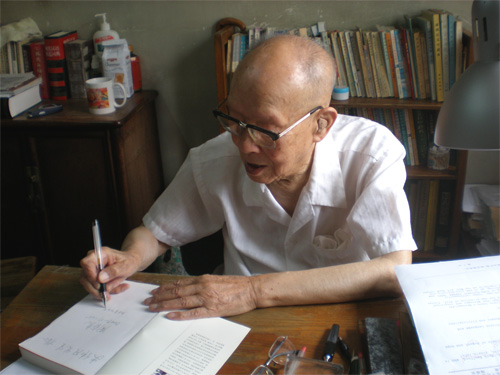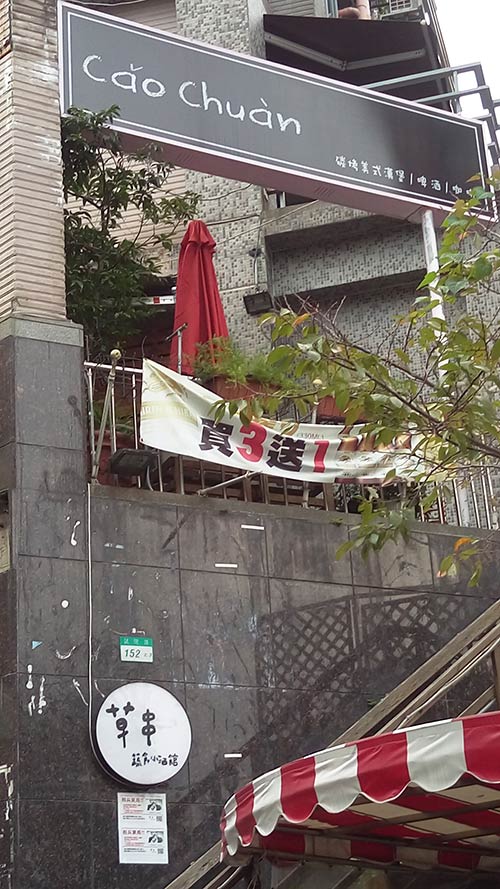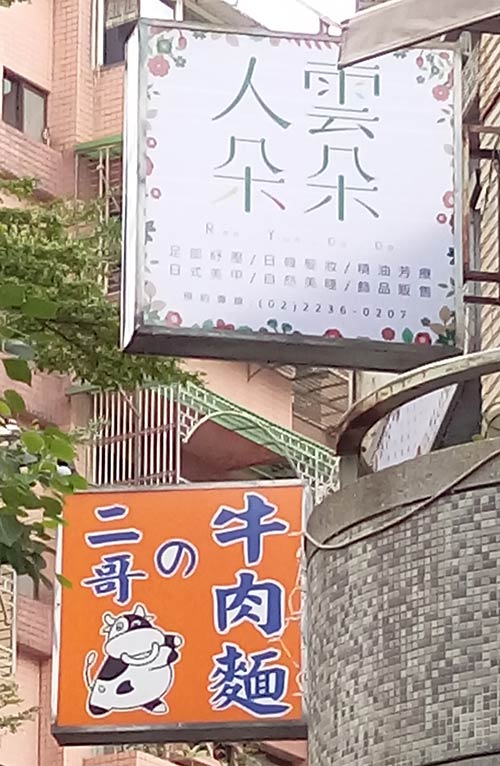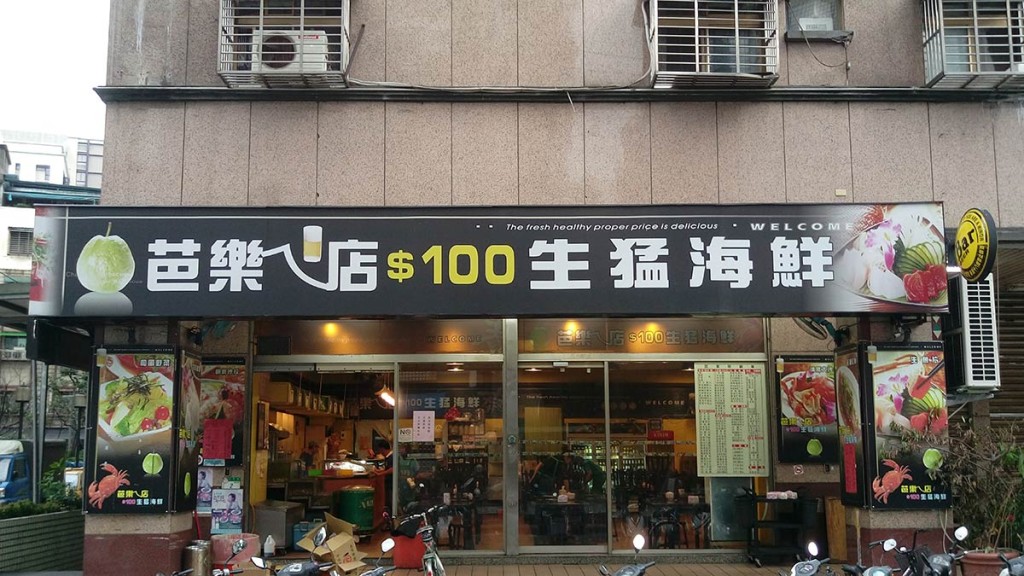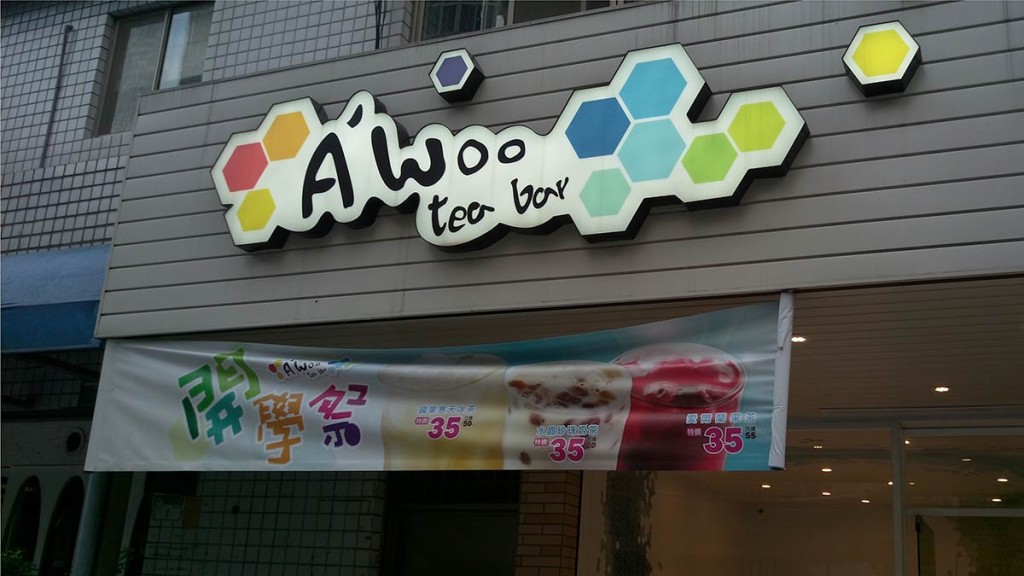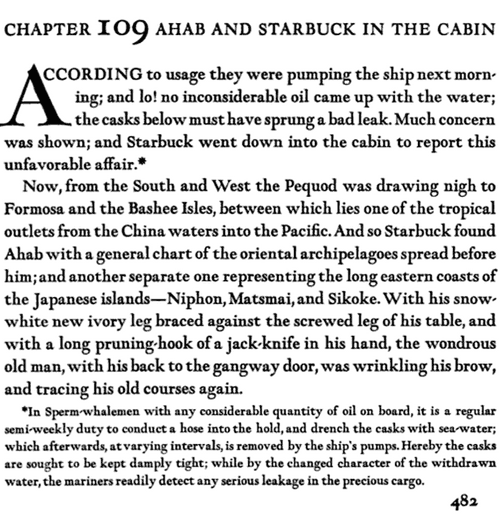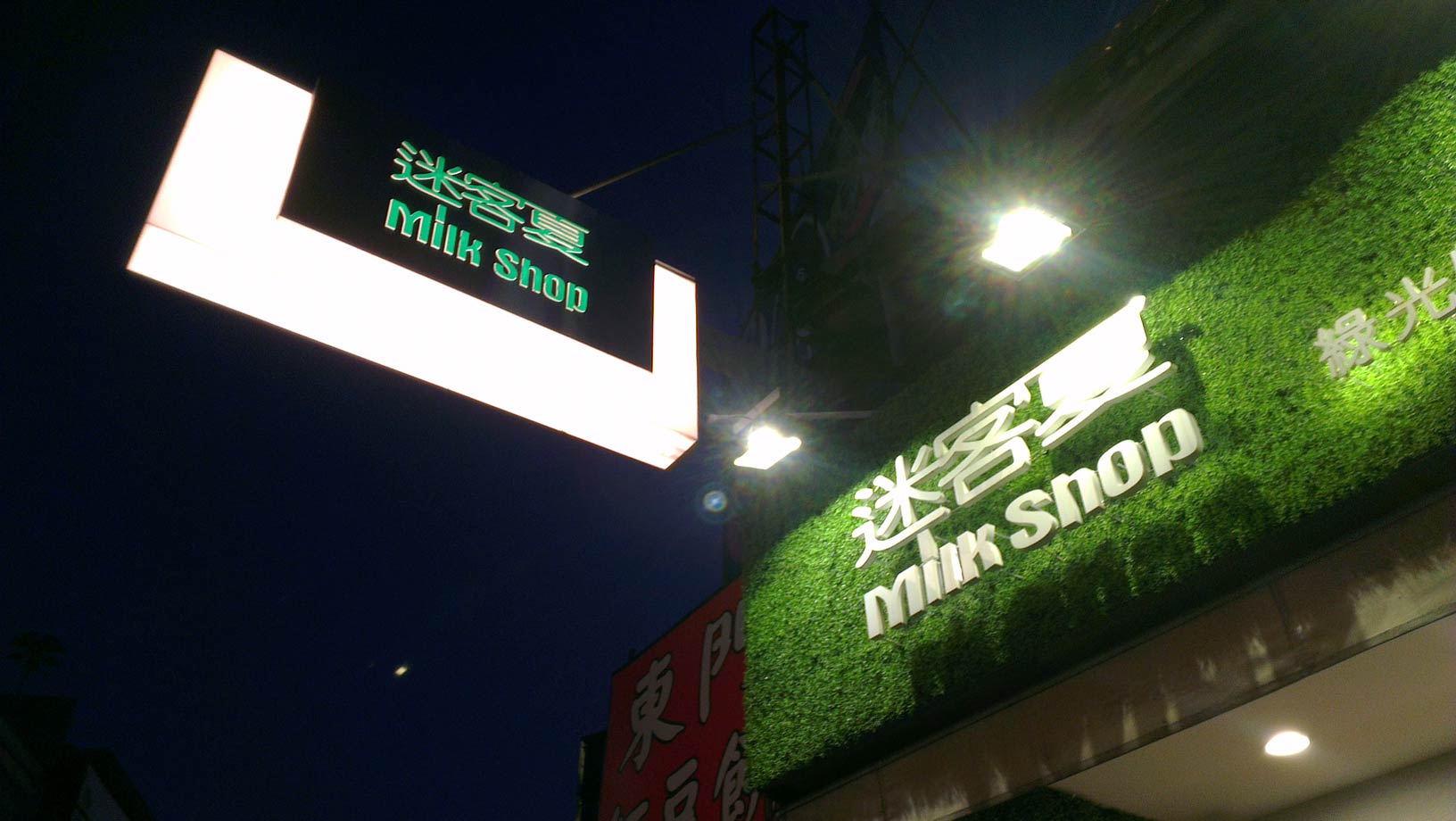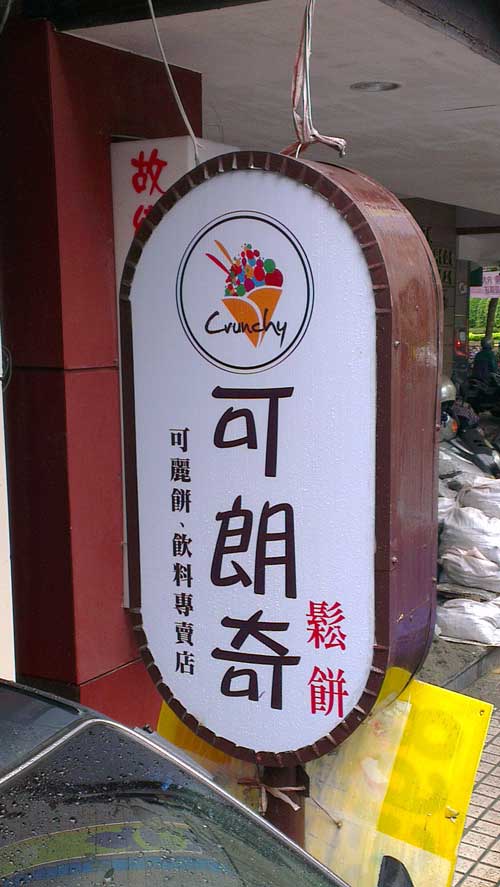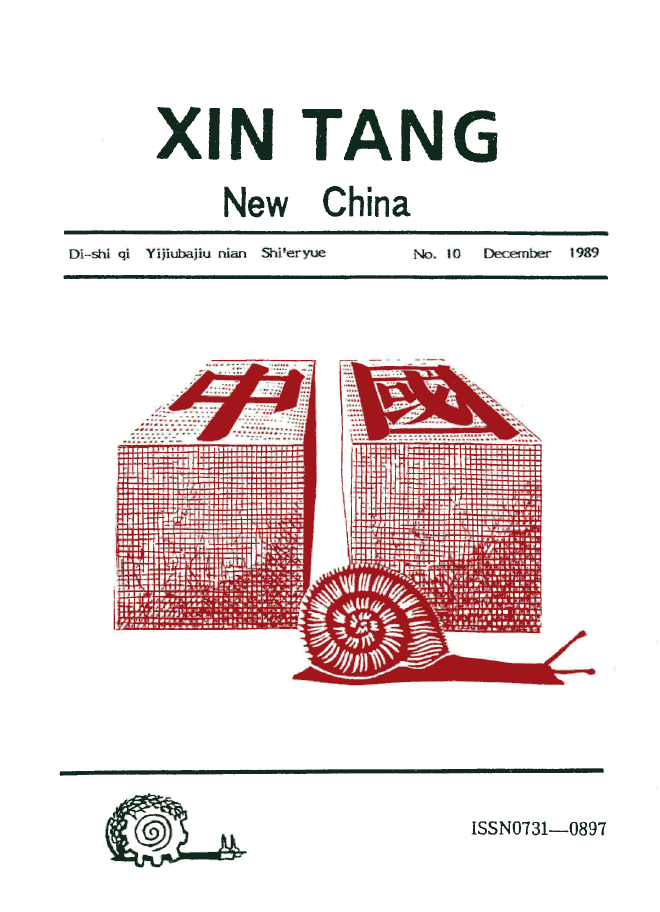The Oxford English Dictionary has just added some new entries, including several from Sinitic languages.
A lot of these come by way of Singapore and so reflect the Hokkien language. For example, among the new entries is “ang pow,” which is Hokkien’s equivalent of Mandarin’s “hongbao,” which also made the list.
A few of the entries, however, come from Mandarin, for example two common interjections for surprise. Oddly, though, the OED uses “aiyoh” and “aiyah” instead of their proper Pinyin spellings of “aiyo” and “aiya.”
“Ah,” you say, “but maybe the aiyoh and aiyah spellings are more common in English.”
Nope.
Even in Singapore domains (.sg), the Pinyin spellings are more common than those the OED calls for. As the tables below show, in every instance the Pinyin spellings are also more common in Hong Kong, China, and Taiwan. Throughout the world, the Pinyin spellings are more common — the vast majority of the time by a factor of at least two.
Google search results for “aiyo” (Pinyin) and “aiyoh” (spelling used in the OED)
|
|
aiyo
|
aiyoh
|
| .sg
|
12,200
|
5,680
|
| .hk
|
2,570
|
187
|
| .cn
|
6,040
|
984
|
| .tw
|
4,690
|
196
|
| all domains
|
1,250,000
|
137,000
|
| all domains + “chinese”
|
97,700
|
77,100
|
| all domains + “mandarin”
|
51,800
|
14,100
|
Google search results for “aiya” (Pinyin) and “aiyah” (spelling used in the OED)
|
|
aiya
|
aiyah
|
| .sg
|
17,600
|
8,310
|
| .hk
|
6,400
|
2,360
|
| .cn
|
13,200
|
1,860
|
| .tw
|
5,910
|
1,710
|
| all domains
|
3,370,000
|
332,000
|
| all domains + “chinese”
|
238,000
|
63,200
|
| all domains + “mandarin”
|
36,500
|
22,800
|
Searching Google Books also reveals that the Pinyin forms are more common.
In short, I do not see any good reason for the OED to have adopted ad hoc spellings rather than the Pinyin standard. They must have their reasons, but it looks like they botched this.
